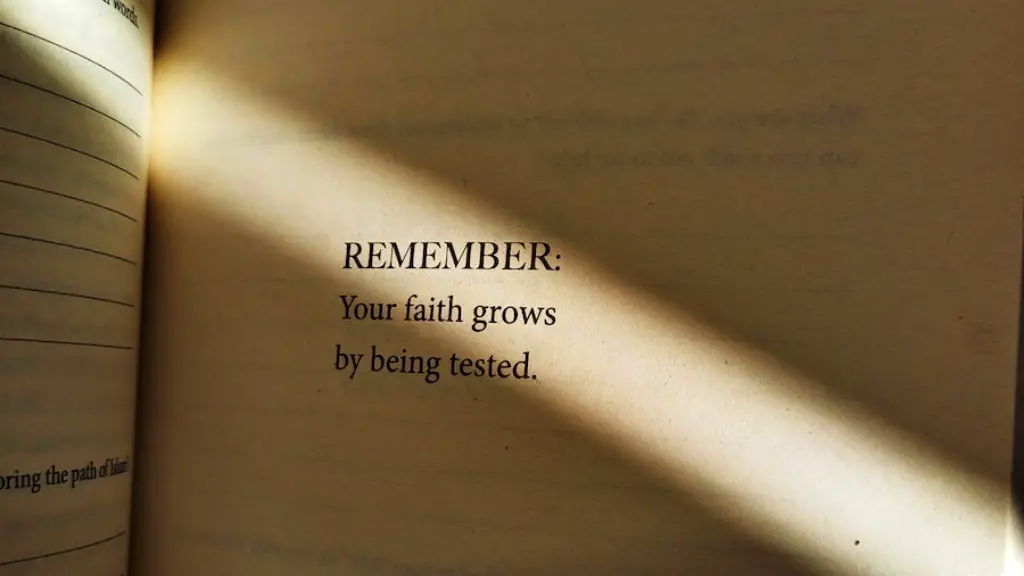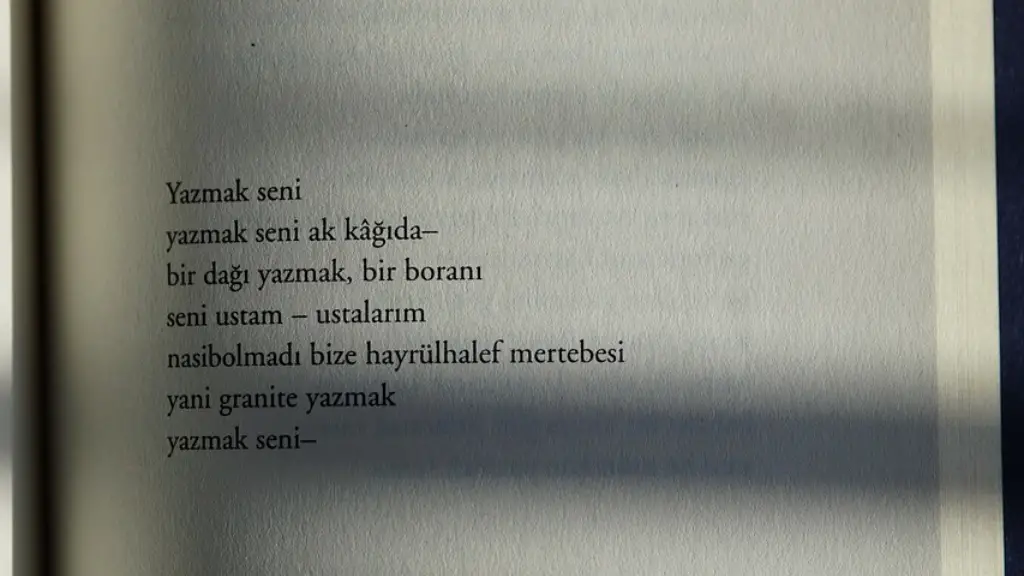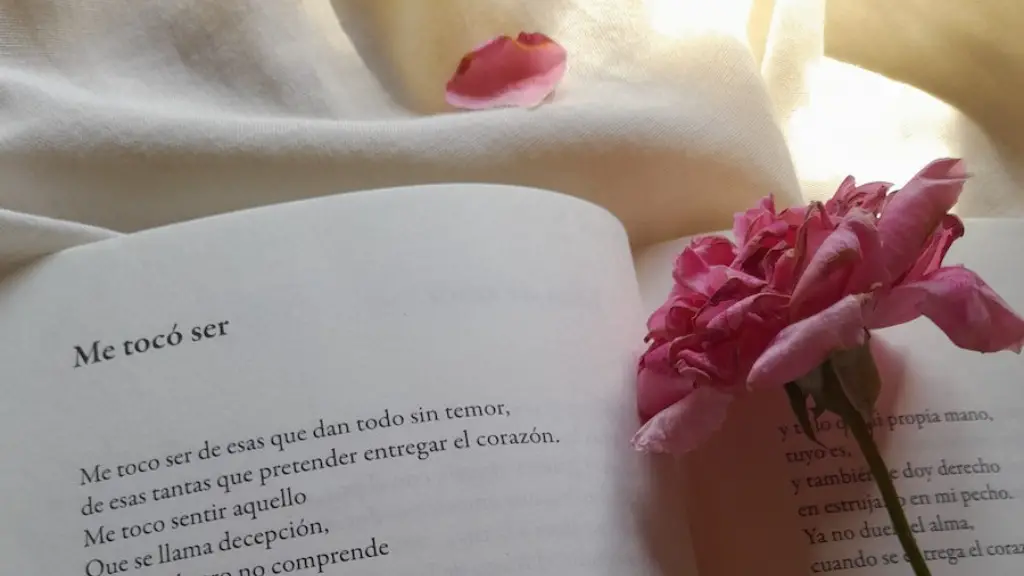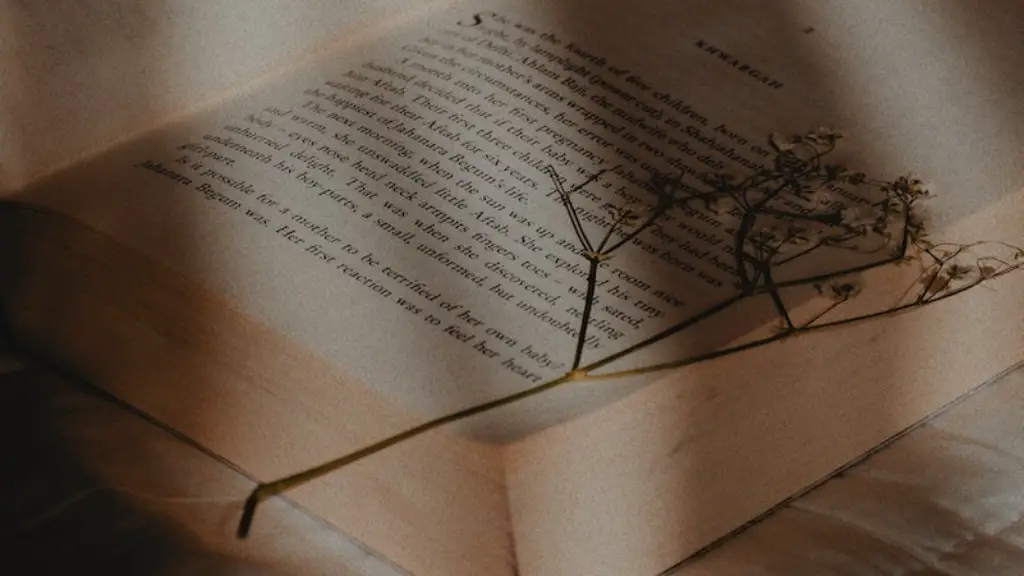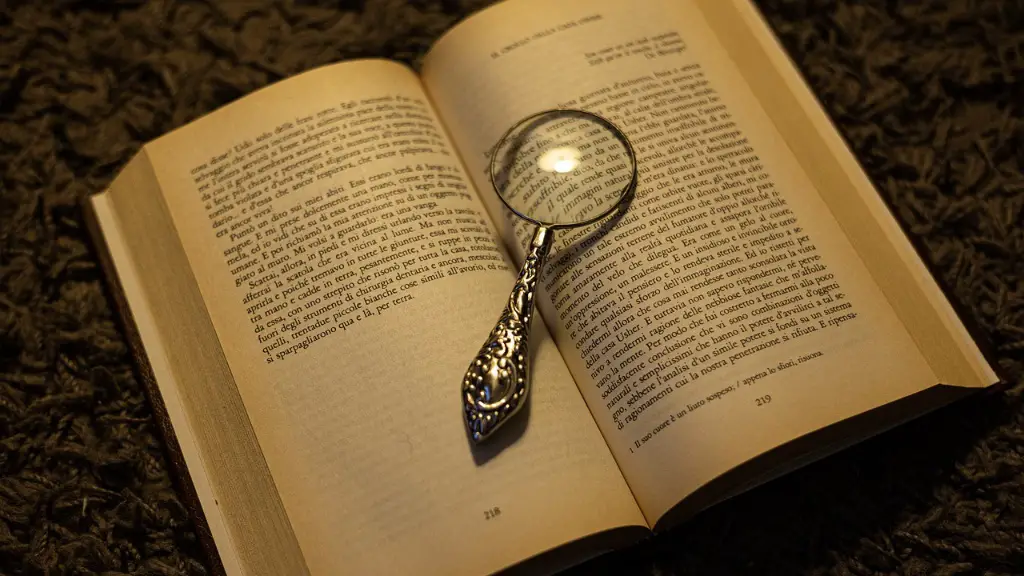What is Poetry?
Poetry is a form of literature with a rich history, going back thousands of years. It uses language to express feelings, ideas, and to tell stories. Poetry can be found in some of the oldest written languages, like Sumerian, Babylonian, and Sanskrit, as well as in modern languages, such as English. Poetry has come to mean different things to different people over time. Generally, poets use rhyme, meter, and other devices to give rhythm, structure, and form to their work.
Why Structure Matters In Poetry
Structure is an important element of poetry. It can be used to tell stories and create an overall shape that helps the poem come alive. For example, some poems may use traditional forms and rhyme schemes in order to create an emotional impact on the reader. Other poems might use free verse, in which the words and lines are free to flow in whatever direction the poet sees fit. Structuring a poem can also help make it more accessible and easier to comprehend. By organizing the words in a certain order, the poem can be read more quickly and enjoyably.
Types Of Poetic Structure
Poets have many options when it comes to structuring a poem. A traditional form of poetry, such as a sonnet or villanelle, uses specific rhyme and meter patterns for the lines that help shape the poem. These forms have been used for centuries and often help to give the poem a recognizable shape. Other structures such as free verse or blank verse are less formal and have no set meter or rhyme scheme. Instead, they rely on poetic devices such as imagery and alliteration to give the poem an emotional impact.
How To Structure Poetry
When determining how to structure a poem, poets first need to consider what they want the poem to say and what kind of mood they are trying to create. Depending on the purpose of a particular poem, the poet may choose to use a traditional form or a more informal approach. When using a traditional form, poets sometimes start by writing out a set of rules that they must follow when constructing the poem. This can help ensure that the poem has a consistent structure. When using an informal approach, poets often write as they go, letting the words and ideas flow freely.
Tools For Structuring Poetry
Poets have access to many tools that can help them structure their poetry. For example, poets can use a prose poem structure to allow for more freedom to express themselves. This structure gives a poem the shape of a story and allows the poet to use a narrative voice. Poets can also use other poetic devices, like alliteration and meter, to structure their poem. These tools can help the poem have a coherent sound and flow.
Using A Notebook To Structure Poetry
Using a notebook to structure poetry can be a useful tool for poets. Writing by hand gives poets the ability to immersive themselves in their work and to make changes quickly. By writing down their ideas and their structure, the poet can easily look back at the notes and see how their ideas are coming together. Additionally, drawing diagrams or charts to help visualize the poem can help the poet get a better understanding of how the structure should look.
Using Technology To Structure Poetry
Nowadays, there are a variety of software programs and applications that can help poets structure their poetry. For instance, some software programs allow poets to play around with particular words and phrases, creating a poem that has the desired structure. Poets can also use online tools such as rhyming dictionaries, thesauruses, and metrical generators to help them find the perfect words to match the structure of their poem.
Creating An Outline For Poetry
Creating an outline for a poem is a great way to structure the poem and keep all the ideas in order. Outlines can help poets define the topics that they wish to discuss and form an organizational framework for the poem. Outlining can also help the poet decide on the poem’s emotional tone, message, and overall structure. Furthermore, outlining can assist the poet in finding the best sequence that will result in a poem with the desired flow and shape.
Determining The Length Of The Poem
Determining the length of the poem is an important part of structuring a poem. The poem’s length will determine the number of sections and the overall flow of the poem. Generally, longer poems can be structured in a more complex way and can have multiple sections. On the other hand, shorter poems can have a more straightforward structure and may only be composed of one or two sections.
Writing The Poem
After deciding on the structure, a poet can begin writing the actual poem. Poets must then choose the words and phrases that best convey the ideas they are trying to express. They can use literary devices and poetic techniques to help the words flow according to their structure. Additionally, poets must consider the rhythm and cadence of the poem and how they want it to sound. By experimenting with different words and phrase combinations, poets can create a poem that has the desired structure, message, and flow.
Revising And Editing The Poem
Once the poem is written, it is important for the poet to go over it and revise any sections that need improving. At this stage, the poet can change any parts of the structure or words and phrases that do not flow properly. After the poem is revised, the poet can make final edits by proofreading for any typos, grammar errors, and any other mistakes. Doing this will help the poem come alive and have the desired impact on the reader.
Using Metaphors To Structure Poetry
Metaphors can be used to structure a poem and give it an emotional power. Metaphors allow poets to draw comparisons between two seemingly unrelated things and create vivid images in the reader’s mind. By using metaphors, a poet can express ideas that would be difficult to express with words alone. Additionally, metaphors can create an unforgettable moment for the reader, deepening their understanding and appreciation of the poem.
Using Wordplay To Structure Poetry
Wordplay–when a poet uses a play on words to create an interesting effect–can be a great tool when structuring a poem. Wordplay often relies on the sound and meaning of words in order to create its desired effect. For example, a poet might use homophones (words that sound the same but have different meanings) or other literary devices such as alliteration, assonance, and rhyme. These tools can help the poet create an entertaining and thought-provoking poem.
Exploring Poetic Genres To Structure Poetry
Poets can explore various poetic genres to see what kind of structure best fits their poem. Each genre is different and has its own particular set of rules and conventions. For example, certain genres may require the use of a certain rhyme scheme or poetic line length, while other genres may call for free-flowing language. By exploring different genres, a poet can find the best structure for their poem and create a work of art that truly speaks to their audience.
Writing Poetry With A Partner
Writing poetry with a partner can be a great way to structure and create a poem. Two heads can be better than one when it comes to discussing ideas and crafting a unique poem. Writing with a partner can also help the poet maintain focus, stay on track, and get feedback from someone else whose ideas might be different from their own. Additionally, writing with a partner can strengthen a poet’s relationship with their writing, allowing for a more authentic and emotionally charged poem.
Submitting Poetry For Publication
When a poet is ready to submit their poem for publication, it is important for them to make sure their poem is well-structured and formatted correctly. The poet should make sure the poem is divided into several sections, the language is clear and concise, and the poem is properly formatted according to the requirements of the publication. Once the poem is properly formatted, the poet can submit it and wait to hear back from the publisher.
Promoting Poetry Through Social Media
Social media can be a great way to ensure that a poet’s poem reaches as many people as possible. By sharing the poem on different platforms, the poet can extend its reach and make sure it reaches a wider audience. Additionally, social media can be used to generate interest and conversations about the poem, allowing the poet to engage with their readers and create a dialogue. Finally, promoting a poem on social media can also help the poet connect with other poets and the writing community more broadly.
